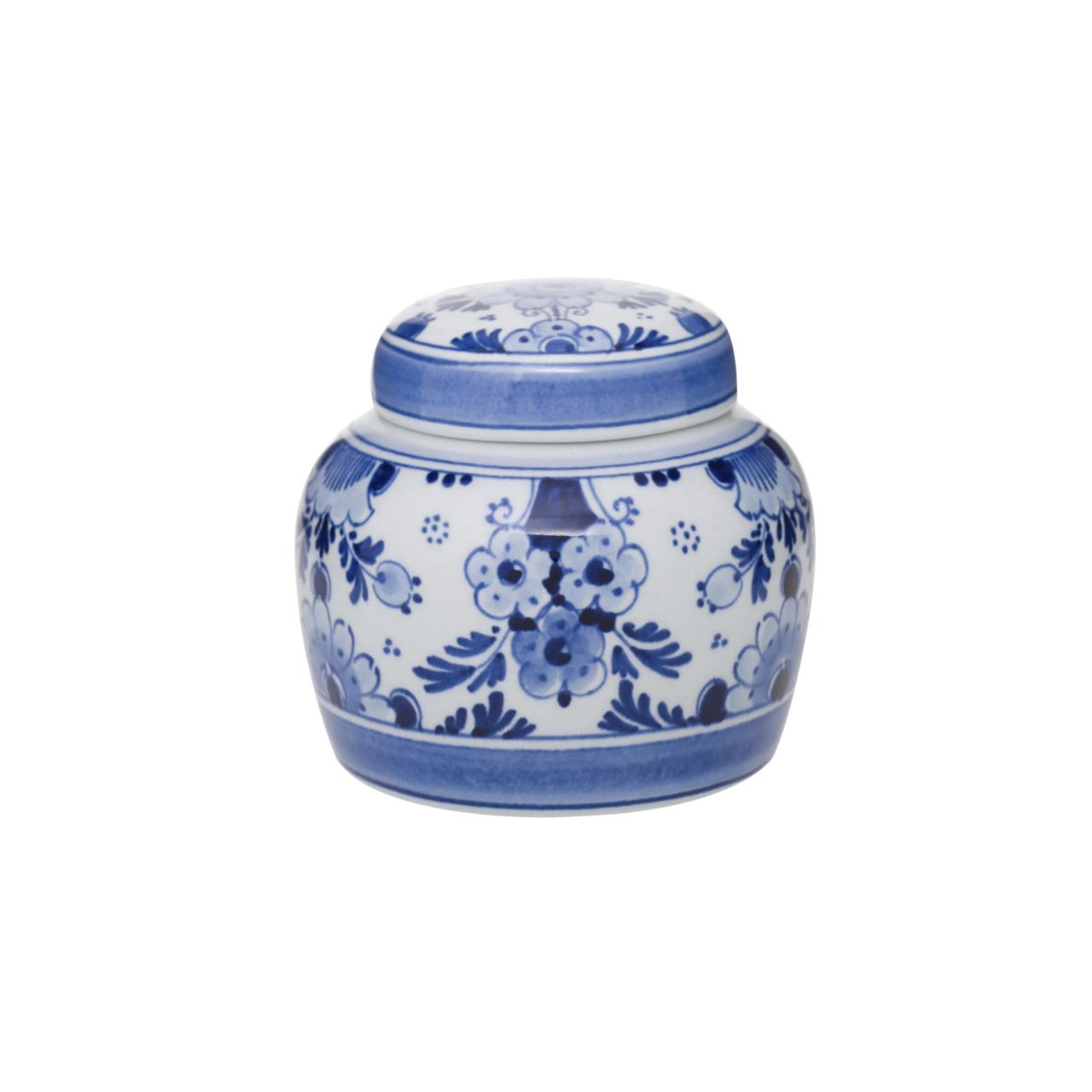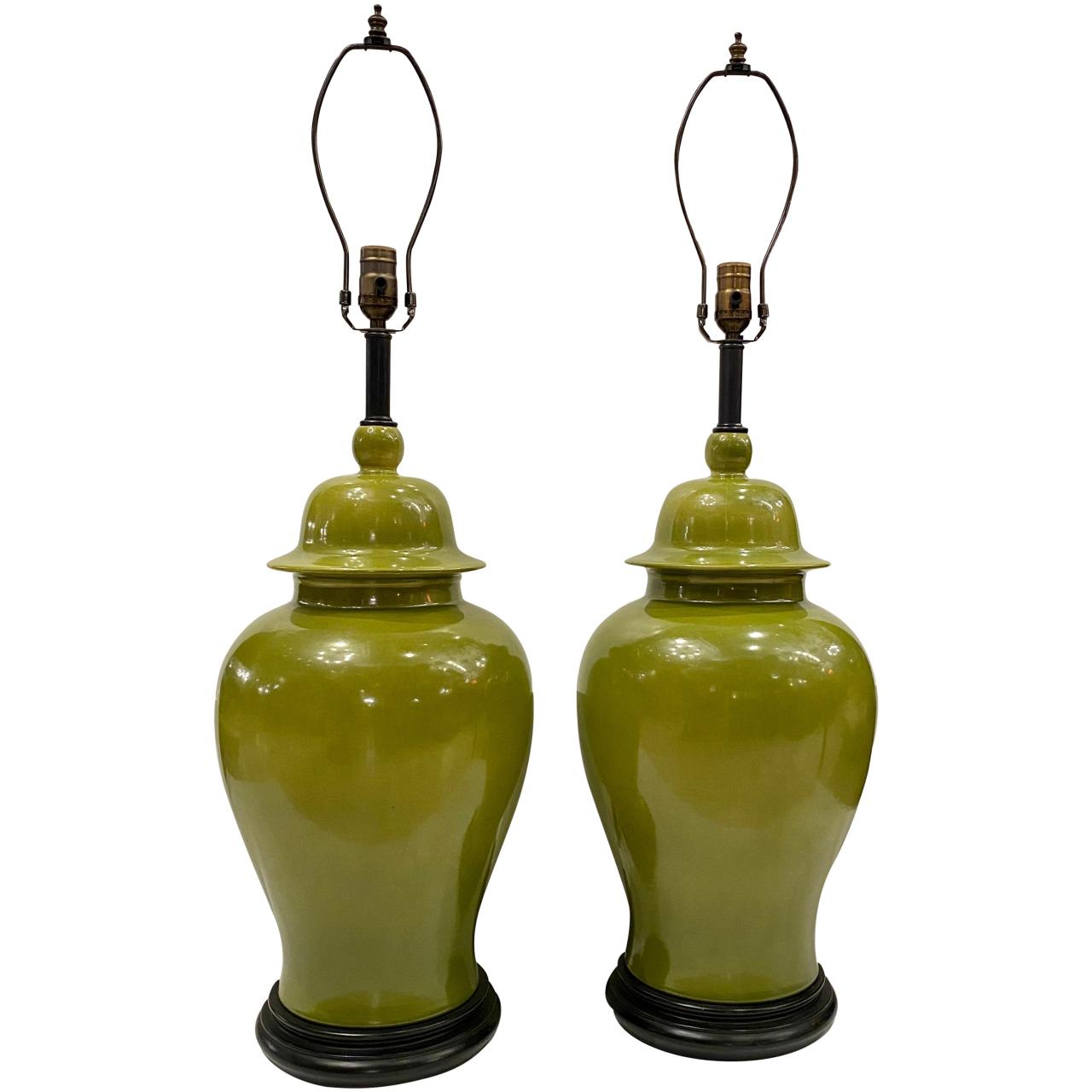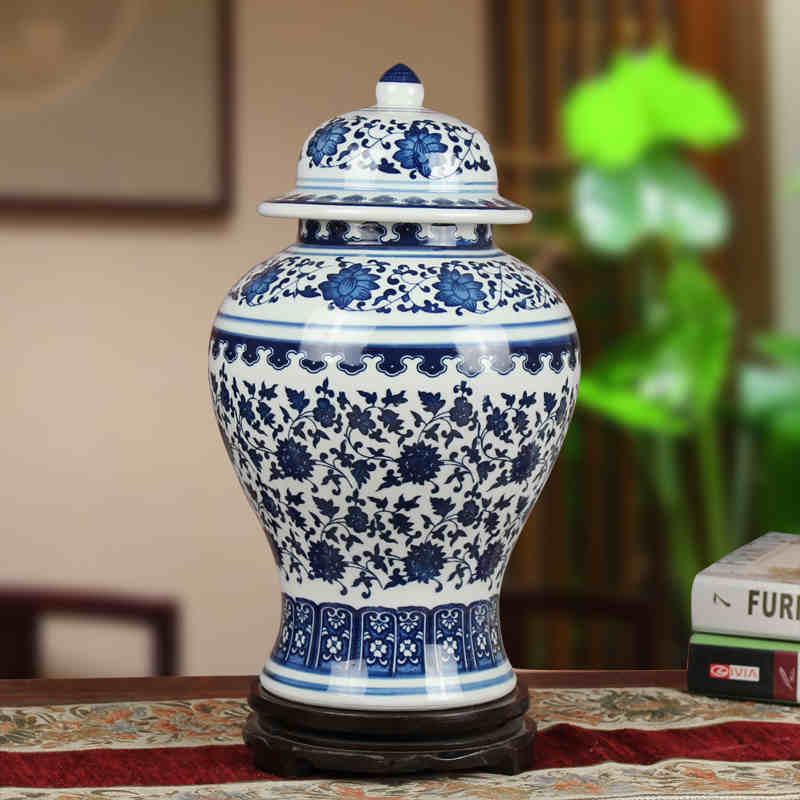Definition and History of Ginger Jars

What is a ginger jar – Ginger jars, originating in China during the Han Dynasty (206 BCE – 220 CE), are ceramic vessels traditionally used to store and preserve ginger. These jars gained immense popularity and became symbols of prosperity and good fortune in Chinese culture.
Beyond their practical use, ginger jars also held significant cultural and symbolic meanings. In traditional Chinese beliefs, ginger was associated with vitality and well-being, and the ginger jar became a symbol of health and abundance. They were often decorated with auspicious motifs, such as dragons, phoenixes, and flowers, to bring good luck and ward off evil spirits.
Types of Ginger Jars
Ginger jars come in various shapes, sizes, and designs, each with its own unique characteristics:
- Classic Blue and White Jars:These jars feature a classic blue and white color scheme, with intricate patterns and motifs inspired by traditional Chinese porcelain.
- Celadon Jars:Originating in the Song Dynasty, celadon jars are characterized by their distinctive green glaze and often feature subtle carvings or incised designs.
- Famille Rose Jars:These jars are known for their vibrant and colorful decorations, often featuring scenes from Chinese mythology or everyday life.
- Famille Verte Jars:Similar to Famille Rose jars, Famille Verte jars are decorated with green enamel and often depict natural scenes or landscapes.
- Eggshell Porcelain Jars:These delicate jars are made from a thin, translucent porcelain that resembles an eggshell, making them highly prized for their beauty and craftsmanship.
Characteristics and Features of Ginger Jars

Ginger jars are characterized by their distinctive shape, size, and materials. Typically, they have a narrow neck, bulbous body, and a flat base. They can vary in size, ranging from small decorative pieces to large storage vessels.
Ginger jars are commonly made from porcelain, a type of ceramic known for its durability and translucency. They are often adorned with intricate decorative elements, such as patterns, colors, and motifs. These decorative elements vary widely, reflecting the diverse cultural influences that have shaped ginger jar design.
Materials and Techniques
Ginger jars are primarily made from porcelain, a type of ceramic composed of kaolin, feldspar, and quartz. Porcelain is prized for its strength, durability, and translucency, allowing light to pass through it.
The production of ginger jars involves several stages. First, the porcelain clay is mixed and formed into the desired shape. The jar is then fired in a kiln at high temperatures, which vitrifies the clay, making it non-porous and durable.
Ginger jars are often glazed to enhance their appearance and durability. Glazes are a type of liquid glass applied to the surface of the jar before the final firing. Glazes come in a variety of colors and finishes, and can be used to create decorative effects such as crackle glazes or drip glazes.
Decorative Elements
Ginger jars are often decorated with intricate patterns, colors, and motifs. These decorative elements vary widely, reflecting the diverse cultural influences that have shaped ginger jar design.
- Patterns:Ginger jars often feature geometric patterns, such as stripes, checks, or florals. These patterns can be simple or complex, and can be created using a variety of techniques, such as hand-painting or stenciling.
- Colors:Ginger jars come in a wide range of colors, from classic blue and white to vibrant reds and greens. The colors used on ginger jars often reflect the cultural influences of the region where they were made.
- Motifs:Ginger jars often feature motifs that symbolize good luck, prosperity, or other auspicious meanings. These motifs can include animals, plants, or mythical creatures.
Modern Applications and Uses of Ginger Jars: What Is A Ginger Jar

Ginger jars have transcended their traditional purpose and found a place in modern homes as versatile decorative objects and storage containers. Their timeless designs and intricate patterns add a touch of elegance and cultural charm to any space.
Incorporating ginger jars into home decor is a creative way to add visual interest and character. They can be used as standalone display pieces on shelves, mantels, or side tables. Their compact size makes them suitable for small spaces, while their intricate details create a captivating focal point.
As Decorative Objects, What is a ginger jar
- Ginger jars with vibrant colors and bold patterns can add a pop of color to neutral-toned rooms.
- Jars with delicate hand-painted designs can complement traditional and classic interiors.
- Ginger jars with metallic accents or modern shapes can bring a contemporary touch to living spaces.
As Storage Containers
- Ginger jars can be used to store a variety of items, from jewelry and trinkets to office supplies.
- Their airtight lids keep contents fresh and organized.
- Ginger jars with removable lids can serve as practical and decorative vases for flowers.
As Collectibles and Antiques
Antique ginger jars are highly sought after by collectors due to their historical significance and craftsmanship. They can fetch significant value at auctions and antique markets. Vintage ginger jars also hold a charm and desirability, adding a touch of nostalgia to home decor.